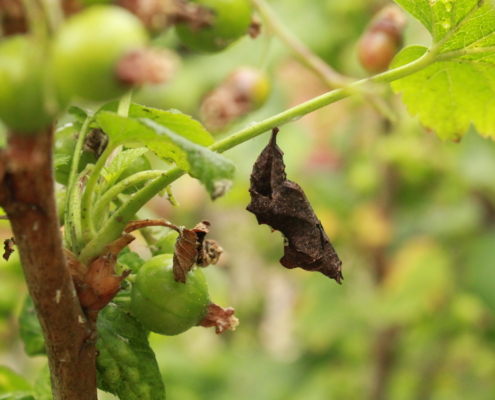Gardening for Nature

Did you watch any of the Chelsea Flower Show this year, or were you lucky enough to visit? Nature took a front row feature this year, with multiple show gardens highlighting the importance. It seems a silly thing to highlight in gardening, but over the years chemicals and perfection have made what should be havens into uninhabitable places for creatures. It can be hard to get out of the mindset of planting only your favourite plants and attacking any aphid that arrives, but for the past few years we have tried to increase the naturalisation of our garden. Here are a few things we did to help.
Planting for Nature
It is hard not to go to garden centres and just choose the plants you love best. But as different creatures like different plants, a range of plants can really help. Firstly is choosing a range of plants that have flowers at different times of the year, and even that open to pollinators at different times of the day. A mix of flower types help too, some with open flowers and some with closed. such as single and multiple petalled roses.
Night blooming and scented flowers include star jasmine, night phlox, Evening primrose, moonflower and more. Perfect for moths and other night time pollinators.
Winter flowering plants include winter flowering honeysuckle, hellebores, poinsettias, winter clematis and winter aconites are just a few of the winter and early spring flowering plants. These are great for some of the pollinators that don’t hibernate, and for early risers. Even more important as our climate gets more erratic.

Bee on honeysuckle
Pest Control
Do less… it is a scary thought, especially when you find aphids on your favourite rose. And if I am honest I will remove some or all off my favourites or remove them from young and unestablished plants, or plants that are obviously suffering. But leaving them on can massively improve the chances of a diverse natural garden. We have been keeping out blackcurrant bushes as bait. They get aphids every year, but now, instead or removing them all we leave them, and without fail ladybirds have followed, followed by ladybird larvae, ants and this year we have multiple butterfly and moth chrysalis.
If you decide to remove pests be as eco as possible, there are more eco methods available now. Including buying pest predators e.g. by buying nematodes. You can also buy worms to help fertilise soil.


Leave a Reply
Want to join the discussion?Feel free to contribute!